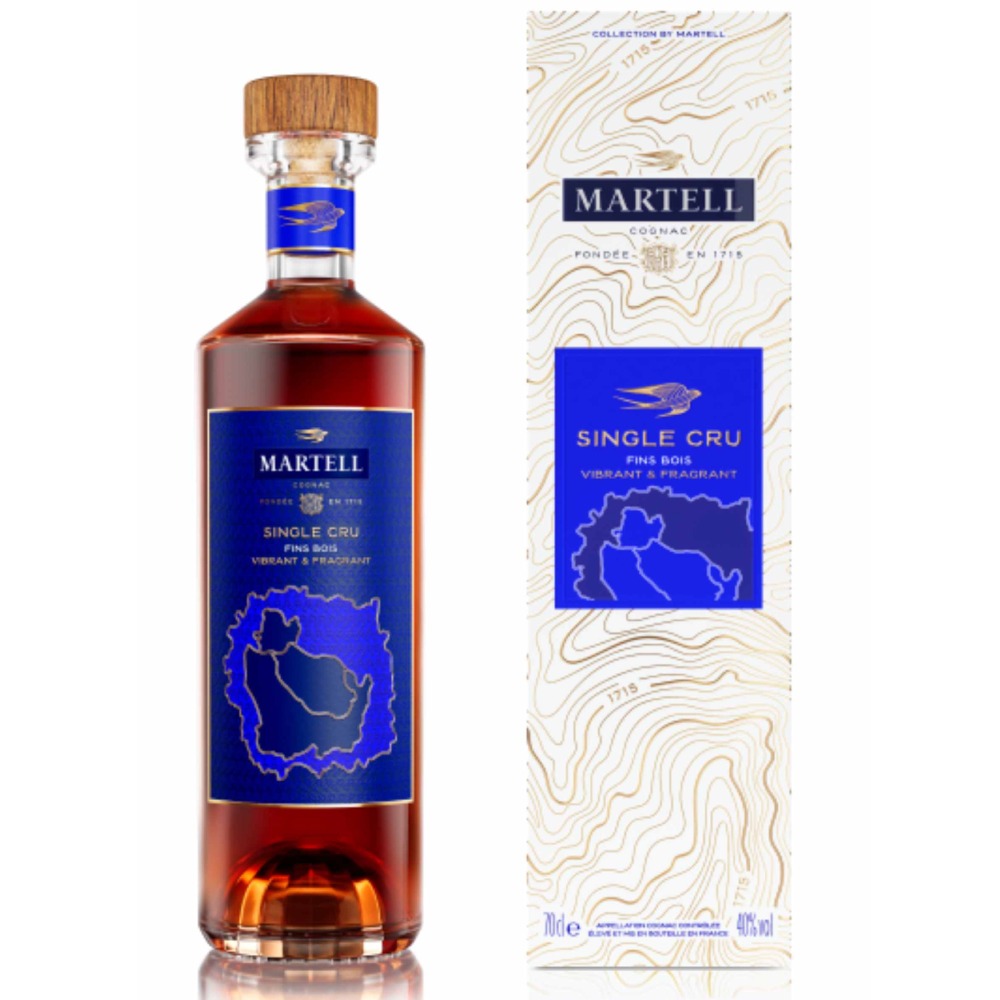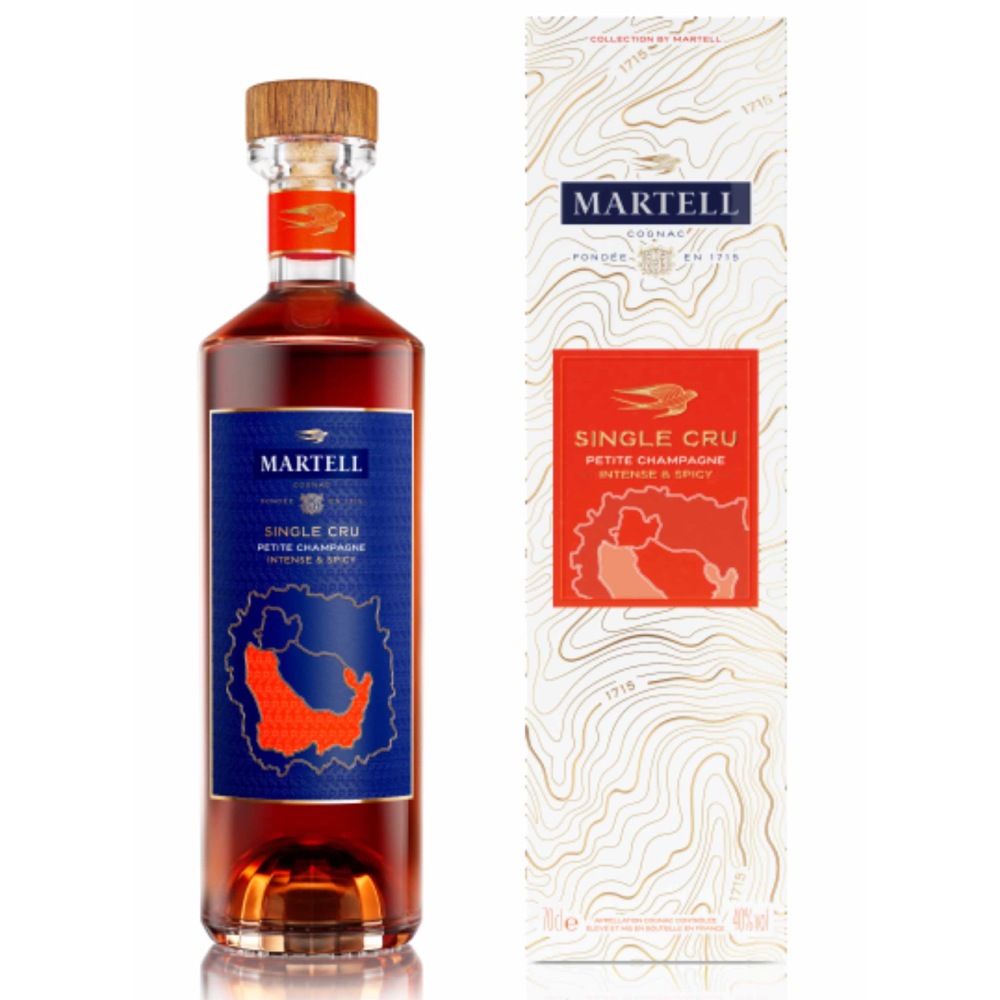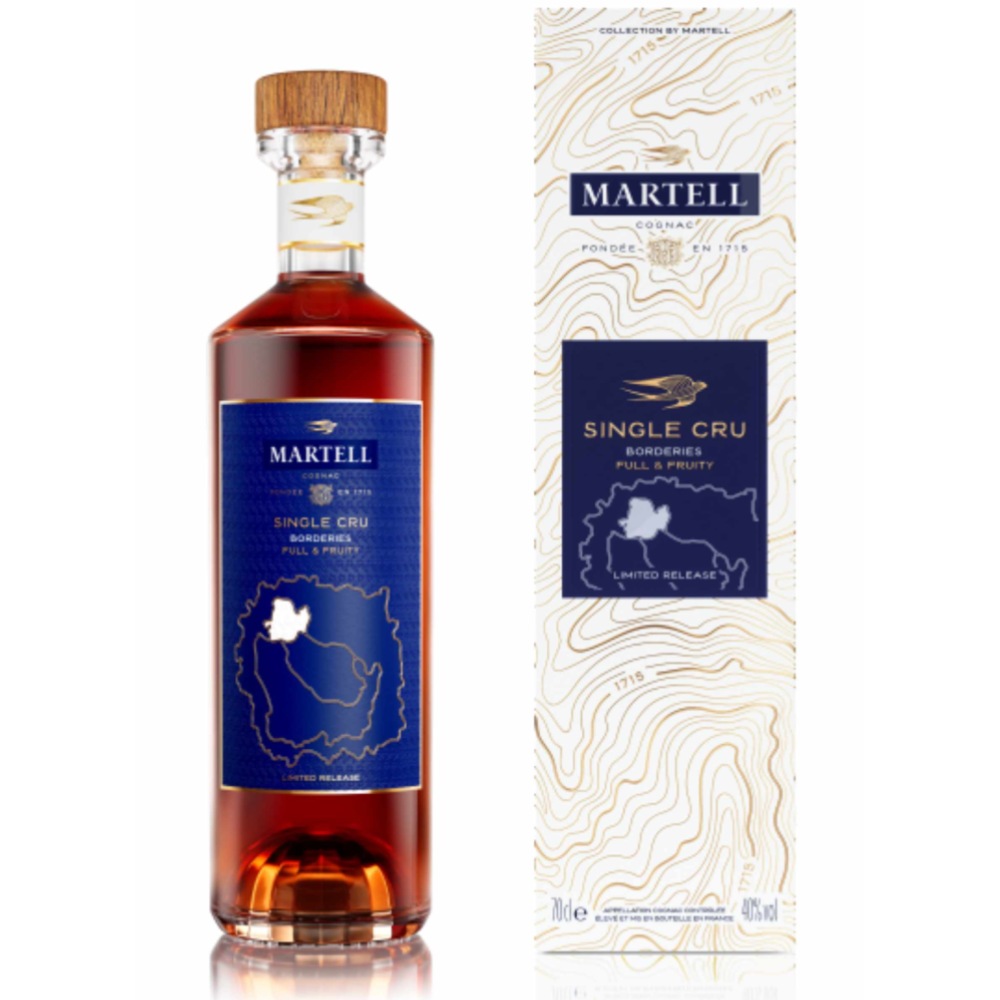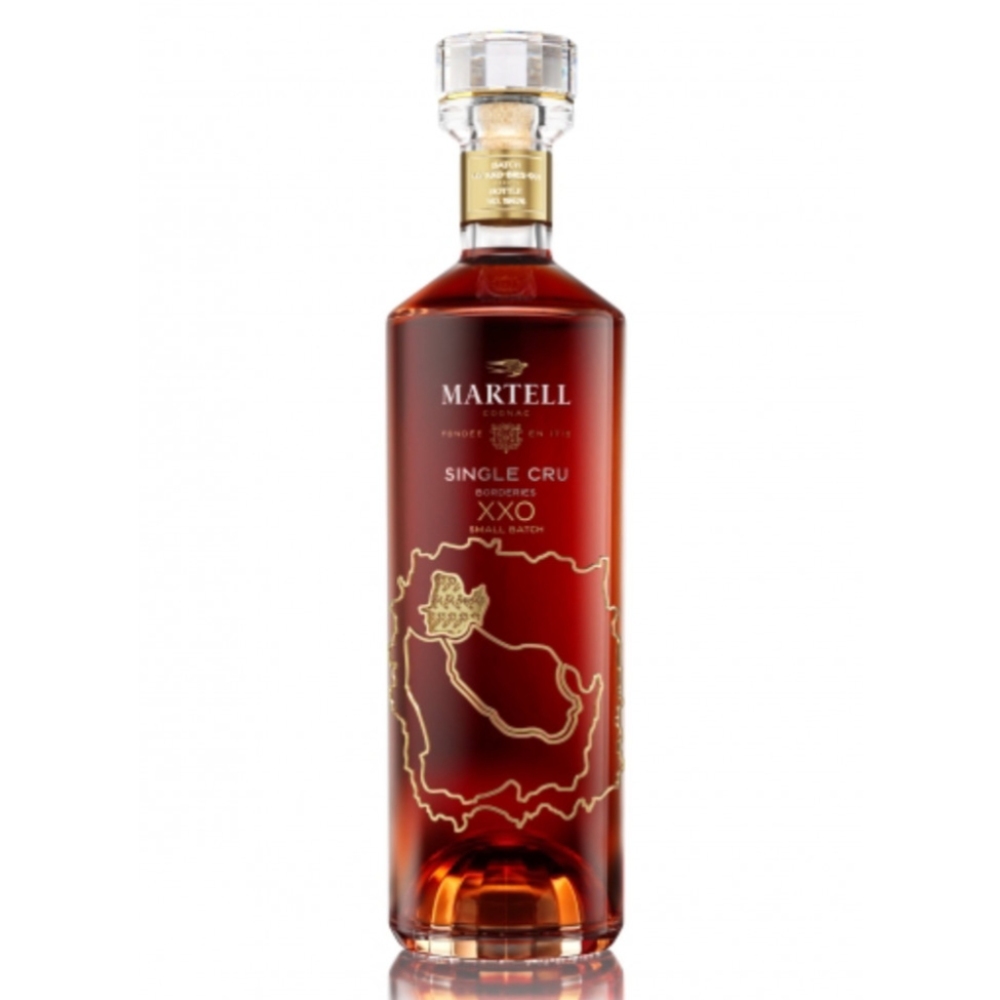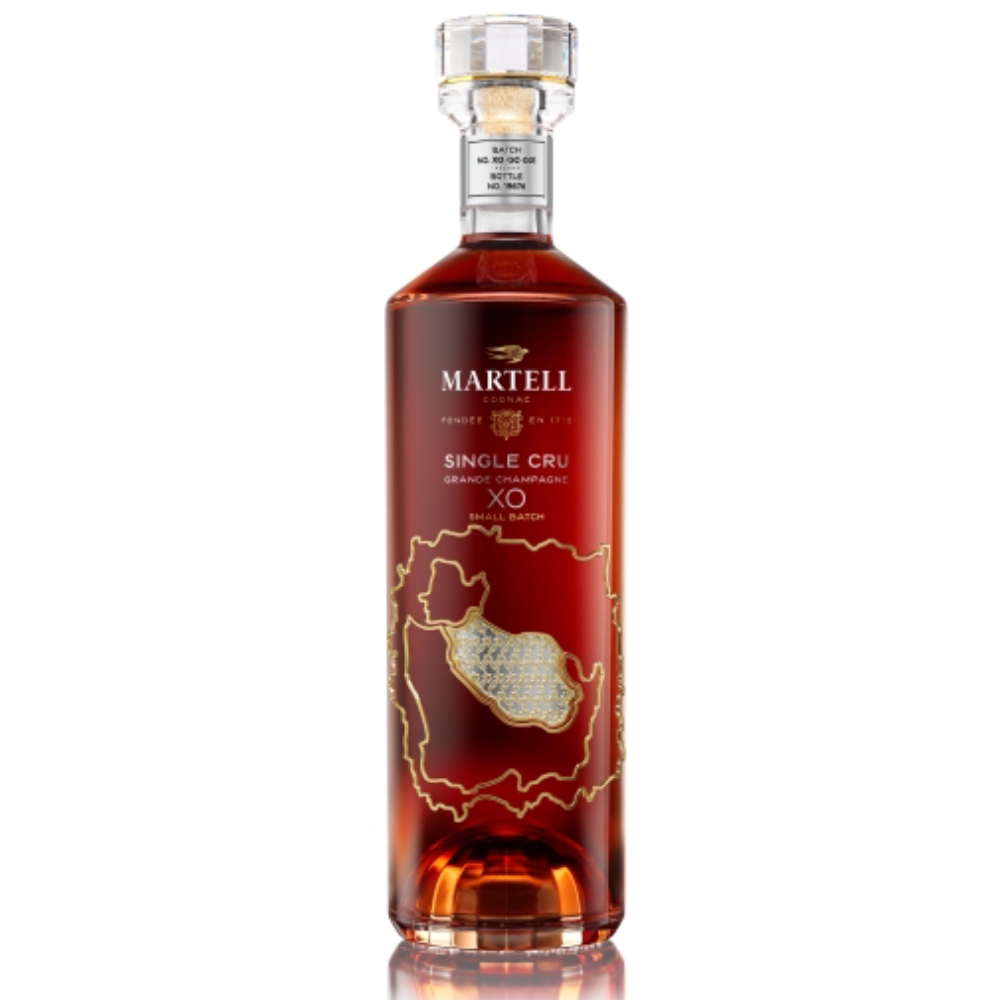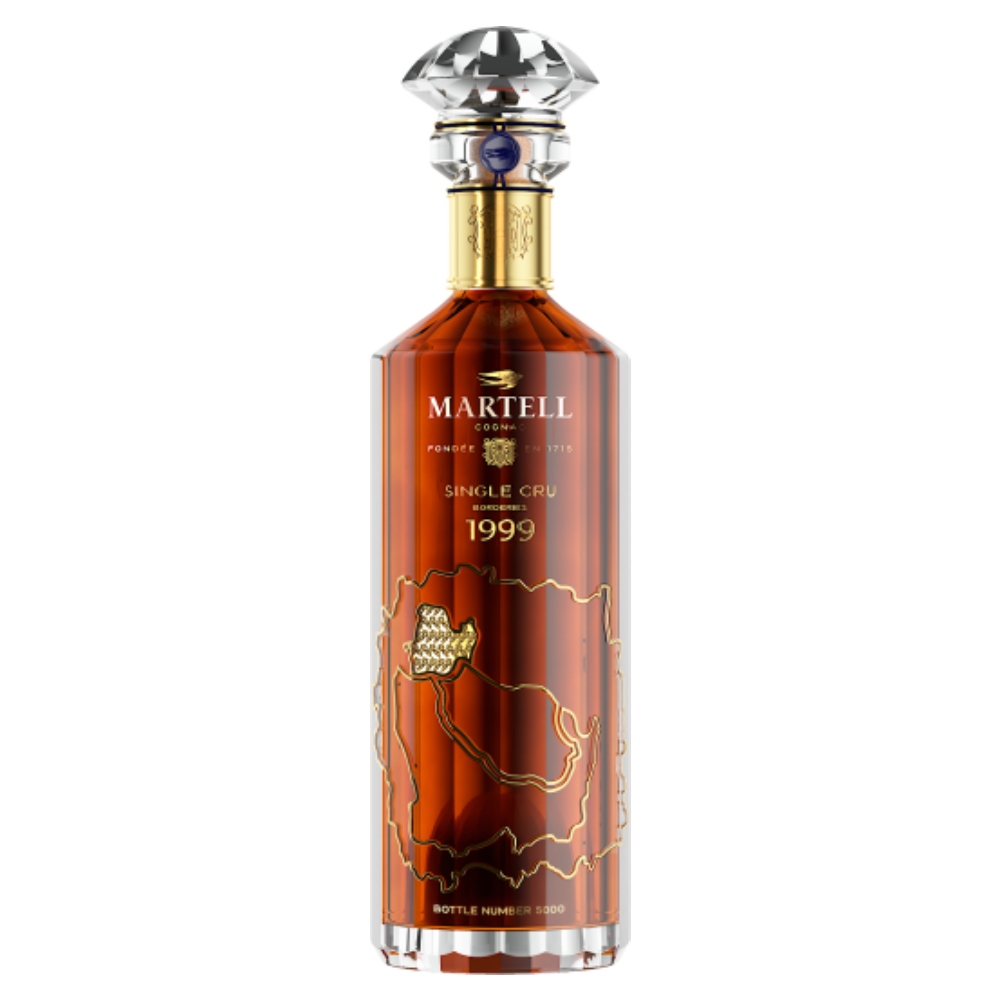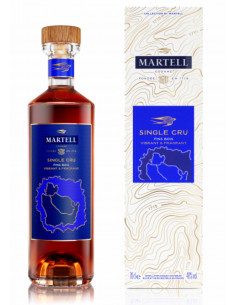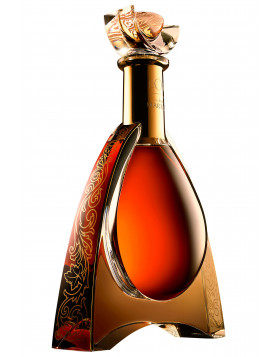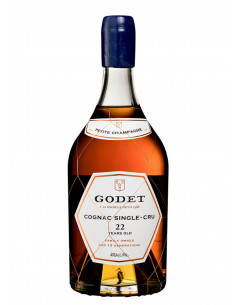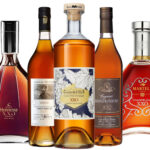In an era where climate change poses a significant challenge to traditional viticulture, Maison Martell has taken a visionary step forward. The historic Cognac producer is not just adapting to change; it’s redefining resilience in the winemaking realm in the Cognac region. By 2028, Martell, one of the best-known Cognac brands, anticipates unveiling a suite of new Cognac grape varieties, curated to thrive in an evolving environment.
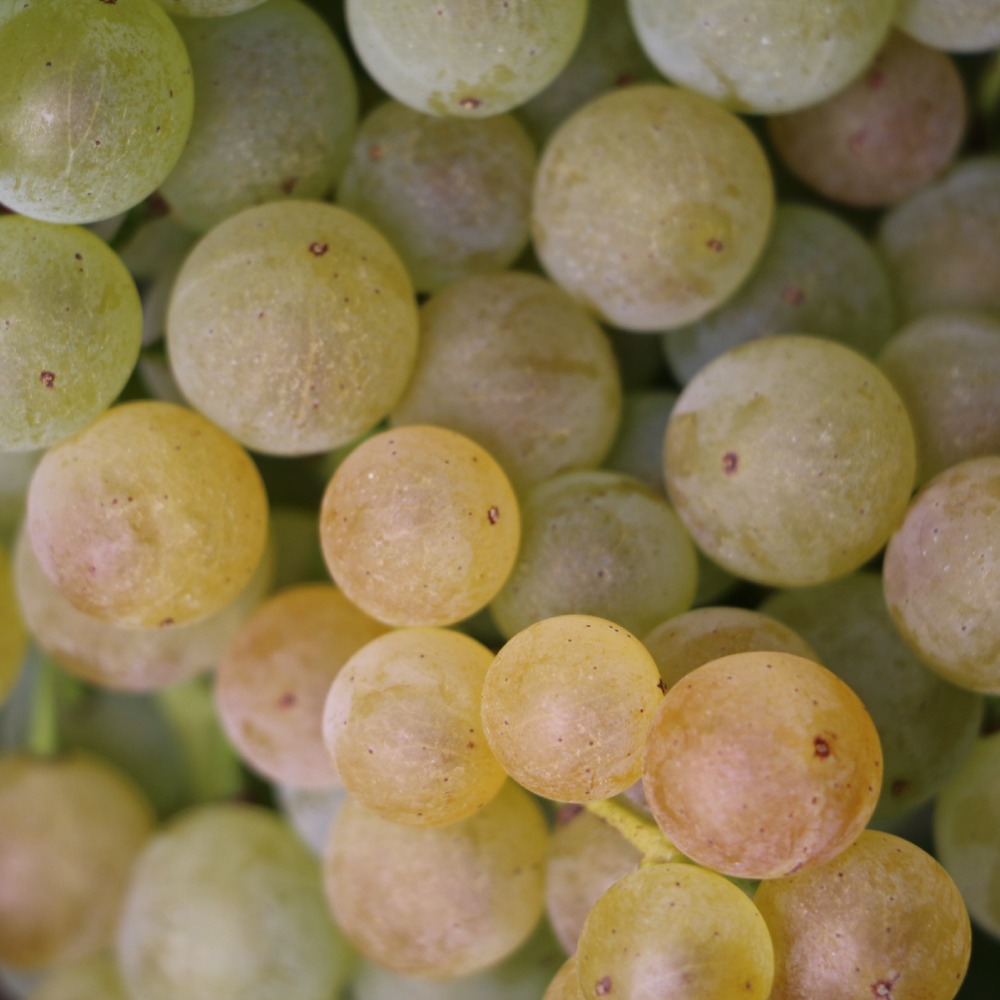
Martell’s Pioneering Research Initiative
Initiated in 2016, Martell’s research program is a commitment to environmental stewardship and quality control in the Cognac industry. Collaborating with national research institutes and local viticulture conservatories, Martell’s efforts signal a monumental shift, shouldering a two-decade-long project that underscores the enormity of its undertaking.
This project not only heralds a cultural and financial investment but marks the first instance of a private entity in France delving into the fundamental selection of new grape varieties—a stark departure from the norm where regional interprofessional bodies typically spearhead such endeavors. It is worth noting that Martell’s work with the new grape varieties detailed below represents important research and innovation efforts. The BNIC and other regulatory bodies will need to formally approve and adopt such grapes in the Cognac cahier des charges.
A Collective Drive Towards Sustainable Viticulture
Martell’s director of operations, Pierre Joncourt, emphasizes that this ambitious program is designed to sculpt a vineyard aligned with environmental challenges and quality expectations for the coming decades. It’s a bold endeavor to champion Cognac’s excellence and resilience in the face of various climatic challenges.
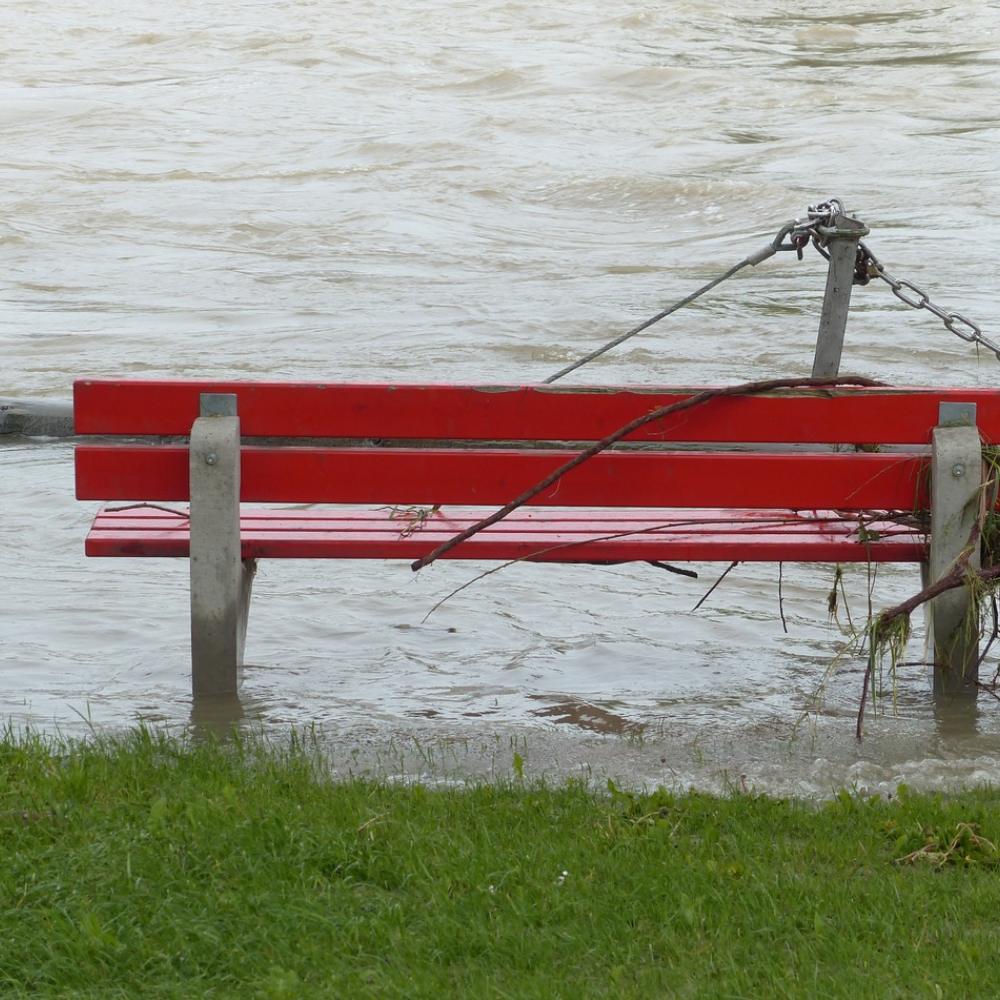
Constructing a wide-reaching scientific committee involving regional stakeholders and national research units, Martell is fostering a collective dynamic to enrich the region’s grape resources, anticipating that the new research will not bear fruit for another two or three decades.
The Currently Used Grape Varieties
It is no secret that our beloved drink, Cognac, is made from grapes. Find down below the detailed information about what cognac is made of and anything you want to know about the Cognac region.
In the production of Cognac, a variety of specific grape types are permitted to be used, each bringing its unique contribution to the spirit’s profile. Here’s a brief overview of the authorized grape varieties listed in Part 1, Section D. Item N°1 of the AOC Cognac cahier des charges:
- Ugni Blanc B: This marks the most commonly used grape variety for Cognac production. It is characterized by high productivity and acidity, contains a low sugar quantity, and ripens quite late. It produces delicate, floral spirits; however, it has a relatively neutral profile.
- Colombard B: Known for its powerful aromatic potential, it mirrors Ugni Blanc in acidity and sugar levels and is often used in blending. It is used less nowadays, but before the phylloxera, this variety was much more widespread in the Cognac region.
- Folle Blanche B: Like the Colombard, the Folle Blanche gave a greater yield for cognac production before the phylloxera. It offers well-balanced spirits with intensely floral aromas but is less commonly used now due to its susceptibility to diseases.
- Montils B: Primarily used for Pineau des Charentes, it ripens earlier than Ugni Blanc with lower acidity.
- Sémillon B: While known in other wine styles, it is not commonly used in Cognac.
- Folignan B: A newer variety, a cross between Ugni Blanc and Folle Blanche, with rich, floral aromas but less resistance to diseases and prone to early ripening. This grape variety can only represent at most 10% of the plantings in the Cognac AOC.
These varieties are carefully selected and regulated under the Cognac AOC rules to maintain the distinct flavor and quality of Cognac. Their characteristics, from acidity to aroma, play a crucial role in defining the essence of Cognac.
The Quest for Disease-Resistant Varieties
Martell’s innovative approach is tailored to the unique needs of the Cognac vineyard. It explores forgotten local grape varieties like Rayon d’Or and Vidal 256, which exhibit a natural resistance to diseases like mildew and oidium. The latter, a historical hybrid, presents a compelling case for its resilience and potential as a progenitor for future varieties. But before we dive deeper into those new varieties, let’s have a look at the diseases and why they need to be addressed.
Mildew
Mildew is a fungus, also known as “downy mildew”, that grows optimally when there is sufficient ambient moisture in the air and the temperature is reasonably warm. Anything around 62 – 93% humidity in the air and 77 °F (25 °C) to 88 °F (31 °C) are the perfect conditions for mildew to grow.
The Charente region represents a great area for mildew as both conditions are given several weeks around the year. Once mildew grows on a vine leaf, the leaf is covered by a thin layer of white fungus.
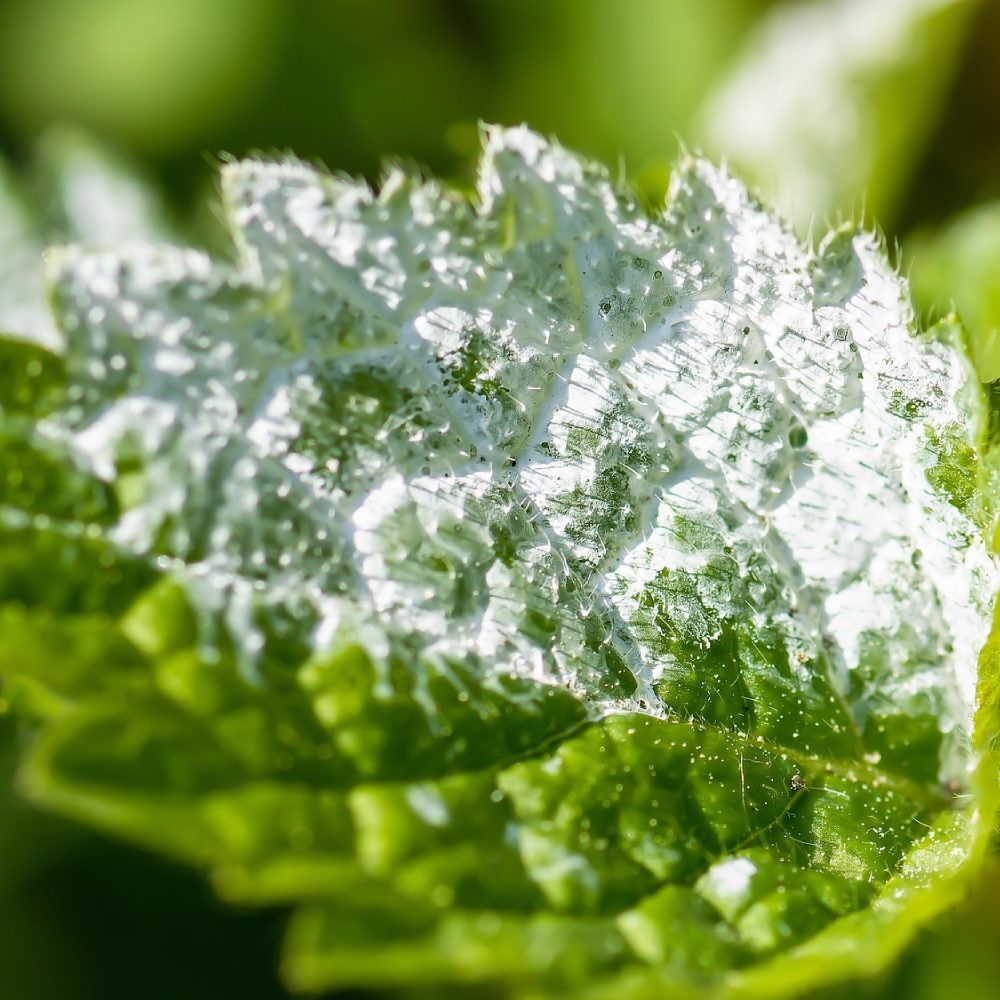
Minimizing the moisture in the air is one possible action step to reduce mildew but not very easy to execute in an open space. Nurseries and vine growers can use fungicides, a chemical or biological agent that kills fungi or their spores or prevents their growth for the duration of their effectiveness.
Another way to fight mildew is with sulfur. As a protective contact fungicide, sulfur has a preventive effect through contact on the plant surface, where it is slowly oxidized to sulfur dioxide and inhibits spore germination. It is widely used in viticulture against the powdery mildew fungus that grows on the leaf surface.
Oidium
Oidium belongs to the same group of phytopathogenic fungi that cause diseases in plants and is also known as “powdery mildew”. Originally from North America, it is now also very common in the Charente region. It especially enjoys arid conditions.
The quality and quantity of the grape yield can massively be infected once a vine suffers under Oidium. Infections normally appear first on the underside of the leaves as a white powder. Later, mostly in summer, it produces small black bodies on the infected vine leaves.
In any way, both diseases should be addressed early as the failure of powdery mildew control can result in rotted fruit.

In general, the native American grape varieties are less susceptible than the common grape vine (Vitis vinifera) and its hybrids. Appropriate site selection and cultural practices that reduce humidity, enable good air circulation, and provide good light exposure, can make a big difference when managing the powdery mildew.
In order not only to combat the fungus but also to find ways and means to grow with the changing climate, Martell is researching grape varieties that could play an important role in the production of Cognac in the future.
The Scientific and Holistic Approach
Under the guidance of cellar master Christophe Valtaud, Martell’s teams are heavily invested in developing a scientifically robust and innovative project. They’re venturing beyond existing varietal creation efforts in the region, aiming to diversify the offer of resistant grape varieties for Cognac.
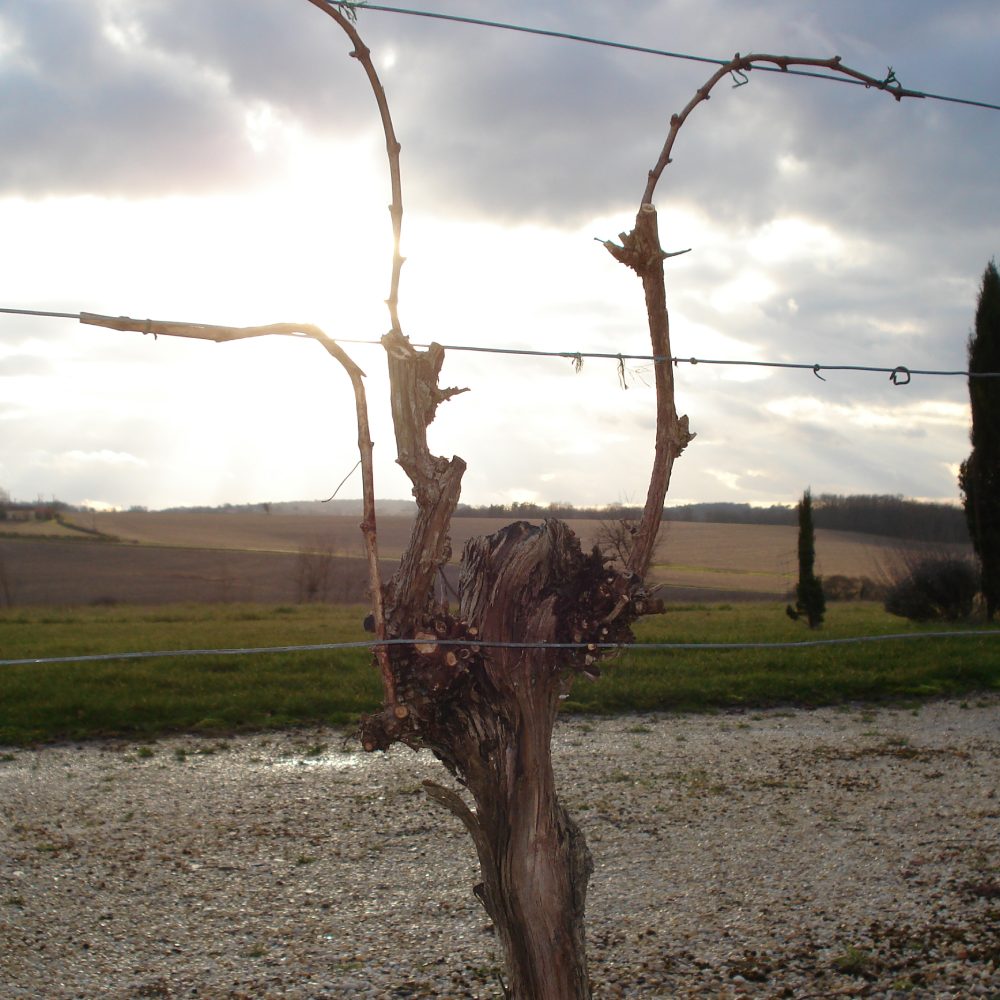
The scientific committee has validated this strategy, recognizing the need to evolve the region’s vine stocks in response to environmental pressures and the increasing prevalence of early harvests.
The following two grape varieties represent some of the most important results of that inquiry so far.
Rayon d’Or
The Rayon d’Or (or 4986 Seibel), is a cross between 405 Seibel and 2,007 Seibel. It is listed in the catalog of vat vine varieties in France but is virtually no longer cultivated even though it is an interesting white hybrid with “resistance” capabilities. This variety was planted in certain areas of Charente Maritime after the phylloxera crisis. Like most direct-producer hybrids, it disappeared in the early 1960s.
The Rayon d’Or has the advantage of being productive and naturally resistant to mildew and oidium. The grapes produce heavy, neutral wines, which may have aromas and wild flavors. Because of the mediocre quality of the wines, this grape variety has almost disappeared.
The re-launch of research on Rayon d’Or is based solely on its potential for resistance to mildew and odium.
Vidal 256
The Vidal 256 is also a white hybrid. It is the result of crossing the Trebbiano grape variety with the Rayon d’Or hybrid obtained by Jean-Louis Vidal, the director of the Fondation Fougerat (from 1936 to 1966). This Charentais research technician carried out extensive varietal selection work from the thirties onwards, which resulted in several Vitis-Vinifera varieties, hybrids, and rootstocks.
Vidal 256 is one of these varieties, which has the advantage of being resistant to mildew. It produces wines that are generally quite acidic and alcoholic. It is forbidden to grow in France, but Vidal 256 is the king of ice wines in Canada.
The BNIC and the Conservatoire du Vignoble Charentais have been working together on a joint study for several years now. This grape variety was set up with the planting of two large plots in 2014. Observations of agronomic and phrenological characteristics, as well as an analysis of production quality (grapes, wines, eaux-de-vie) are ongoing.
This work should lead to the following by 2025 an application for inclusion in the catalog of wine grape varieties. Initial experience shows that this vine has a certain natural resistance to mildew and fungus.
The benefits of introducing Vidal 256 in the Cognac industry seem to be seen as a transitional solution until polygenic-resistant vines become available. It could be planted in areas considered sensitive from an environmental point of view, bordering housing estates, schools, and all public places.
The new study on Vidal 256, initiated by Martell, is designed to deepen the knowledge of this grape variety’s resistance.
The Long-term Vision of Martell’s Investment
Looking forward, Martell has already identified resistance factors in two local varieties and is currently testing their durability against parasites. It’s a meticulous process that involves exploiting over 8,000 hybrids to discover the future grape varieties for the Cognac region. Martell is poised to navigate a complex landscape, integrating local growers into this project to define the ideal characteristics of future Cognac grapes.
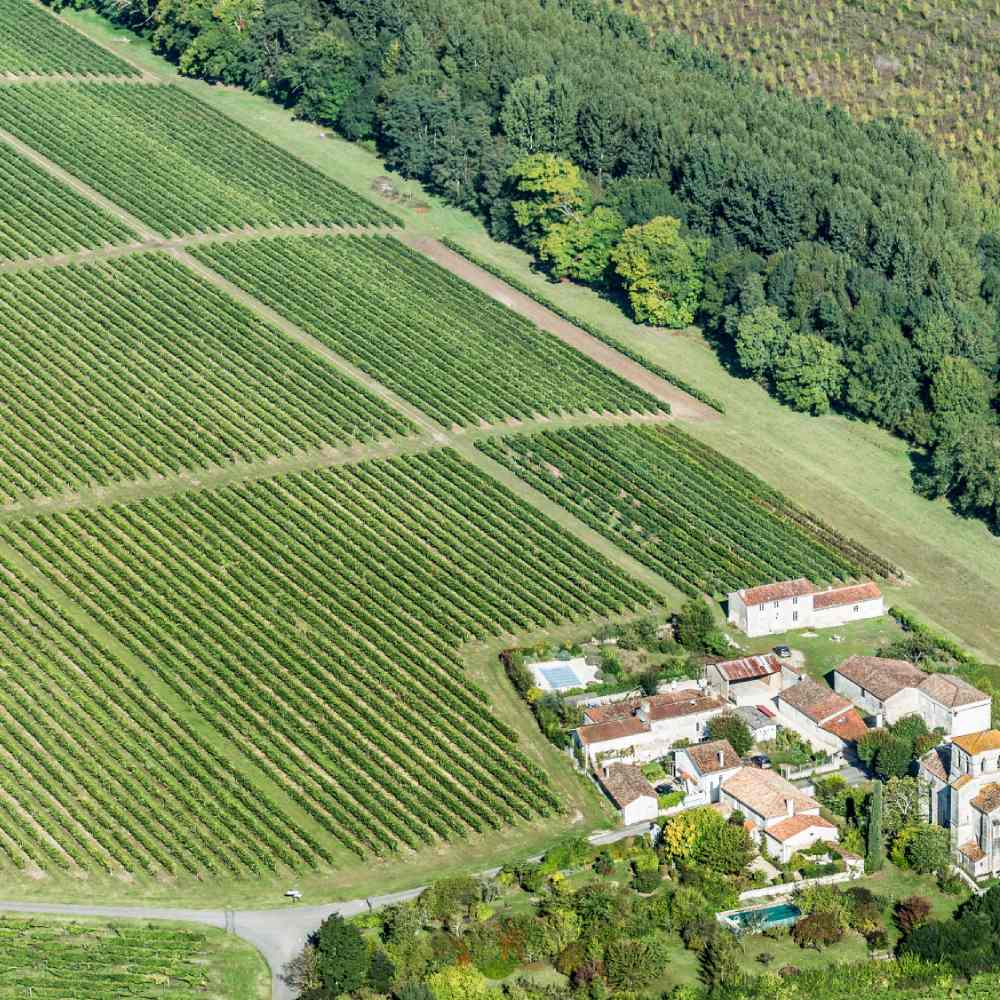
The following represent some more grape varieties Martell is currently looking at.
- Monbadon is interesting for its late cycle and production capacity. It is a grape variety resulting from crossing Ugni Blanc with Folle Blanche, which was still grown in significant areas in the Charentes region until the early 1970s. In terms of cultivation, it’s a productive, fairly late-ripening, moderately resistant grape. The large, fairly compact bunches are intermediately sensitive to botrytis, less so than Folle Blanche and more so than Ugni Blanc.
In the sixties and seventies, its late ripening was often penalizing, whereas nowadays it could be an advantage regarding the climatic evolution. The wines are generally acidic, moderately alcoholic, and well-suited to the production of eaux-de-vie. All these characteristics have prompted the BNIC to take a renewed interest in this forgotten grape variety. A study of the Monbadon grape variety was relaunched in 2010. - Montils is another historic grape variety from the Cognac region that is still used in significant areas to produce Pineau des Charentes. Genetic analysis has revealed that it is probably a descendant of Gouais Blanc, a grape native to central France. From a cultural point of view, it has a fairly early budburst, low to medium vigor (not well suited to wide vines), and botrytis susceptibility comparable to that of the Colombard.
Ripening of the bunches (large and compact) is generally interesting, and the berries are richly aromatic, making them ideal for making Pineaux. Vinification produces aromatic wines with good taste. A few winegrowers distill small batches of Montils wine and produce interesting rich and fine eaux-de-vie. - The rather unknown Vidal 36 has interesting ancestry and characteristics. It is another of Jean-Louis Vidal’s new trials, a cross between Folle Blanche and Ugni Blanc. This Vitis-vinifera grape was kept with all the other varieties for a long time on a few stocks at the Fougerat foundation (in Graves Saint Amant). Jean-Louis Vidal’s collection of new varieties has been reconstituted from the mid-2000s onwards at the Conservatoire du Vignoble Charentais in Cherves Richemont by carrying out surveys in the region and with various national organizations (mainly ENTAV).
For the past 10 years, S. Julliard has been observing the behavior of these unexploited vines, part of the regional heritage. Taking into account all phrenological data, qualitative tests, and the ascendance of Folle Blanche and Ugni Blanc ancestry were all taken into account by the scientific committee, which decided to select Vidal 36. The cepage, which buds rather late, has good vigor and appears to be fruitful. The large, fairly compact bunches have a long vegetative cycle, producing grapes with a maturity well below that of Ugni Blanc. The mini-vinifications carried out revealed that the quality profile of the highly acidic wines corresponded to the expectations of the Cognac industry.
Honoring the Legacy of Jean-Louis Vidal
The efforts of Jean-Louis Vidal, a prolific breeder of Cognac grapes and rootstocks, resonate with Martell’s current project. His forward-thinking selection work laid the foundation for today’s research, with varieties like Vidal 256 and Vidal 36 playing a critical role in Martell’s innovative programs.
Martell’s Sustainable Vision for Cognac
Martell’s long-term commitment to sustainability spans from grape to glass. It has established itself as an environmental pioneer, integrating regenerative viticulture, low-carbon distillation, and a virtuous packaging chain. The brand has also embraced cutting-edge technologies like the Bakus weeding machine, contributing to a more sustainable and resilient Cognac production.
Martell’s dedication to sustainability and innovation is setting a new standard for the Cognac industry. By investing in the development of new grape varieties and adopting environmentally conscious practices, Martell is ensuring that the legacy of Cognac continues to flourish for generations to come.
Martell’s Single Cru Range
Martell, one of the pillars of the Cognac region, is firmly establishing itself as a beacon of research and innovation for Cognac the region and Cognac the spirit. Just as the house is doing essential work with new grape varieties, they are also not sitting still with regards to their Cognac production. While no one can deny the classicism of their iconic core range of Cognacs – recognized the world over – they are also moving in new and interesting directions, showcasing more of a terroir-specific approach to Cognac.
During autumn and winter of 2023, Martell launched the very first bottles of its Single Cru Collection. Blended from a single terroir, each Cognac showcases the best flavors and aromas each individual cru is unique for. The range will be enriched over time.
The base of the Single Cru Edition is the Discovery Edition. It is an introduction to the main crus of the Cognac region: Fins Bois, Petite Champagne and Borderies.
Martell VSOP Fins Bois Single Cru Collection Discovery Edition Cognac
See here the Martell VSOP Fins Bois Single Cru Collection Discovery Edition Cognac for something lush and vibrant.
Martell VSOP Petite Champagne Single Cru Collection Discovery Edition Cognac
Here you find the Martell VSOP Petite Champagne Single Cru Collection Discovery Edition Cognac that introduces you to more spices and intensity.
Martell VSOP Borderies Single Cru Collection Discovery Edition Cognac
Last but not least, the Martell VSOP Borderies Single Cru Collection Discovery Edition Cognac leaves you with a delicious impression of roundness.
Next in line comes the Aged Edition. From Martell’s point of view, the most prestigious crus of the Cognac region.
Martell XXO Borderies Single Cru Collection Cognac
Jean Martell himself acknowledged the Borderies to be one of the most precious crus. Explore the Martell XXO Borderies Single Cru Collection Cognac to experience the essence of this terroir.
Martell XO Grande Champagne Single Cru Collection Cognac
It is no secret that the Grande Champagne is one of the most sought-after cru, therefore the nickname of 1er cru. Get your hands on the Martell XO Grande Champagne Single Cru Collection Cognac for rich aromas.
Martell Vintage 1999 Borderies Single Cru Collection Cognac
A single year and single cru says more than a thousand words. The Vintage Edition is the top-notch representant Martell created for this Single Cru Range.
Sign up now to be the first to know about the release of the Martell Vintage 1999 Borderies Single Cru Collection Cognac. Aged for over 23 years in fine-grained oak barrels, it represents the best of the best the Borderies has to offer. 1999 was a challenging year: low yield was caused by climatic challenges but this only highlights the rarity of this unique eaux-de-vie.
The Big Four of Cognac – Hennessy, Remy Martin, Courvoisier, and Martell – are the locomotives, the drivers of the Cognac region. And with that comes an immense responsibility to protect and progress Cognac the region and Cognac the spirit. Martell is firing on all cylinders with regard to this responsibility, and the Cognac universe is taking notice.



